In the ever-evolving landscape of information technology, businesses face a myriad of challenges in maintaining the health and security of their IT infrastructure. One of the most critical yet often overlooked aspects is desktop monitoring. This not only prevents problems but also significantly enhances productivity, security, and overall operational efficiency.
What is Proactive Desktop Monitoring?
Proactive desktop monitoring involves continuously tracking the performance and health of desktop systems to identify and resolve issues before they escalate into significant problems. By leveraging advanced monitoring tools, remote agents, and real-time alerting systems, IT teams can maintain constant visibility over their critical assets.
The Benefits of Proactive Desktop Monitoring
1. Early Detection and Prevention of Issues
One of the primary advantages of proactive desktop monitoring is the early detection of potential issues that might take place, can be hardware failure, software glitch, or network anomaly. Continuous monitoring tools can identify signs of trouble before they impact users.
This early detection allows IT teams to address problems swiftly, minimizing downtime and maintaining business continuity.
2. Enhanced Security
Nowadays, cybersecurity threats are more sophisticated and prevalent than ever. Proactive desktop monitoring plays a crucial role in enhancing security by:
- Detecting Malware and Intrusions: Continuous monitoring helps identify unusual patterns and activities that may indicate a security breach or malware infection.
- Patch Management: Ensuring that all systems are updated with the latest security patches and updates, significantly reducing vulnerabilities.
- User Behavior Analytics: Monitoring user activities to detect any anomalous behavior that could signify insider threats or compromised accounts.
3. Increased Productivity
When desktop systems are running optimally, employees can perform their tasks without interruption. Proactive monitoring ensures that systems are Always Up running in Optimal Performance and Issues are resolved quickly.
4. Cost Savings
Proactive desktop monitoring can lead to significant cost savings by
- Reducing Downtime: Minimizing downtime translates to fewer productivity losses and reduced revenue impact.
- Avoiding Major Repairs: Early detection of hardware issues can prevent costly repairs or replacements.
- Efficient Resource Utilization: Monitoring helps in better planning and allocation of IT resources, avoiding unnecessary expenditures.
5. Data-Driven Decision Making
Continuous monitoring provides reference data that can be analyzed to gain insights into the IT environment. This data-driven approach supports helps business owners to make right decisions on:
- Plan Upgrades and Replacements: By understanding the performance and health of current systems, businesses can plan for necessary upgrades or replacements more effectively.
- Optimize IT Investments: Ensure that IT investments are aligned with actual needs and usage patterns.
- Improve Strategic Planning: Use data insights to drive strategic IT initiatives and improve overall business operations.
How to Transition to Proactive Desktop Monitoring?
Transitioning to a proactive desktop monitoring approach involves several key steps:
- Select the Right Tools: Choose monitoring solutions that offer comprehensive features, including real-time alerts, detailed reporting, and remote management capabilities.
- Define Monitoring Parameters: Set clear parameters and thresholds for what constitutes normal and abnormal behavior.
- Establish Response Protocols: Develop protocols for responding to alerts, including who should be notified and what actions should be taken.
- Regularly Review and Adjust: Continuously review monitoring data and adjust parameters as necessary to ensure optimal performance and security.
Proactive desktop monitoring keeps your systems healthy, secure, and efficient. It prevents problems, boosts productivity, strengthens defenses, and saves money. Build a solid foundation for success with proactive monitoring.


